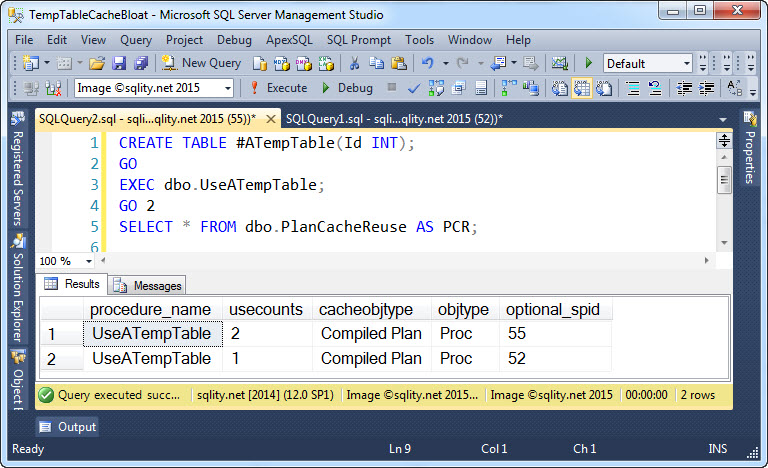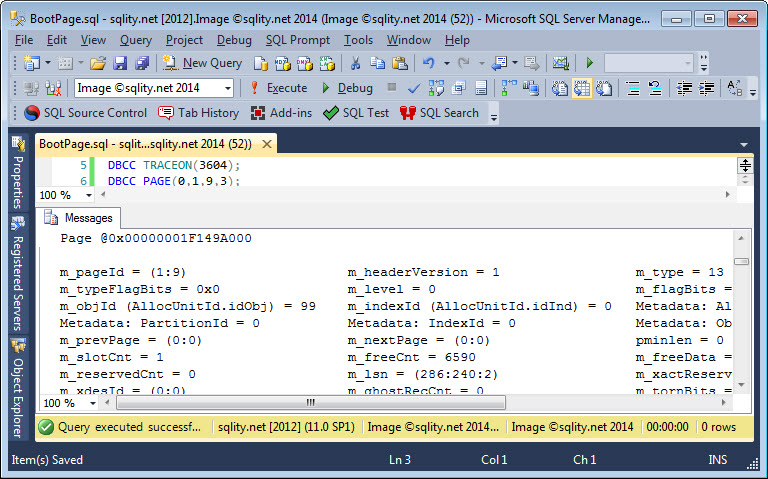Tag: internals
-
Can A Temp Table Name Cause Plan Cache Bloat?

“Use descriptive object names.” – Read on to discover how ignoring this best practice can cause plan cache bloat and in turn performance issues.
-
B+Trees – How SQL Server Indexes are Stored on Disk

How does SQL Server organize clustered and non-clustered indexes on disk? SQL server uses B+Trees. Read on to find out what B+Trees are and how they are implemented in SQL Server.
-
The Secret of the Database Boot Page

The database boot page contains database settings and configuration values. Read on to discover where to find this page and how to interpret its content.
[more…] -
The Index Allocation Map (IAM)

SQL Server tracks the pages that belong to an allocation unit through special index allocation map pages, also called IAM pages. Each IAM page covers a single GAM-interval of the database file. All IAM pages of a single allocation unit together build an IAM-chain. Read on to find out more.
-
The Allocation Unit

SQL Server groups all pages that belong to a single partition of a single index or heap into logical units. These units are called allocation units. Read on to learn about the different types of allocation units and discover how to identify the allocation units belonging to a table.











